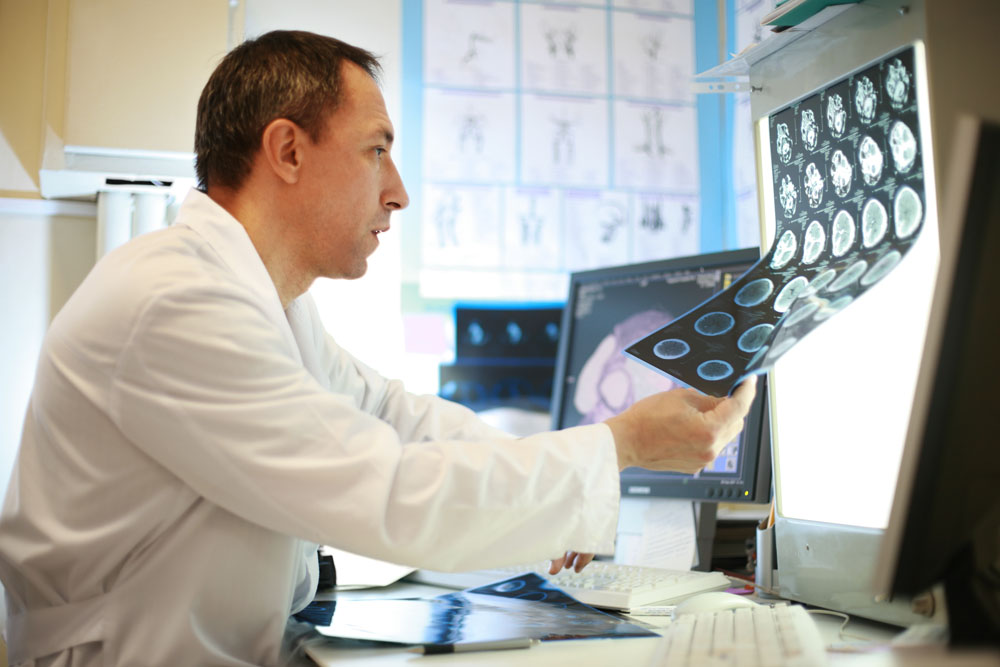Jeffrey Goldsmith with Shawn Achor | May 28, 2013
The secret to a more productive, creative, and flexible workforce? M&Ms, thank-you cards, and whatever else makes them smile.
In a psychological study, 44 internists are given a hypothetical patient file, including a misdiagnosis from another hospital, and asked to decipher the medical problem at hand. Half of the doctors also receive a bag of candy (to be eaten later) as thanks for their participation; the other half instead get medical journals to study ahead of time. No sweets are dispensed.
Surely the better-prepared doctors outperform the candy recipients, right? Wrong.
“The doctors who are primed to be happy come to the correct diagnosis twice as fast as those who are thinking in the medical mode,” says Shawn Achor (@shawnachor), former Harvard researcher and author of The Happiness Advantage.
The message here is not that doctors love their Butterfingers or even that rewards induce better behavior. The takeaway, Achor asserts, is that happy people outperform neutral or miserable ones every time.
“I can give you an SAT test, a Sudoku puzzle, a crossword puzzle — any of 15 different tasks all requiring intelligence — and prime you to be in a happy group, a neutral group, or an unhappy group,” says Achor, citing a study of 65,000 businesspeople. “The happy group will outperform the others every single time.”
Putting this finding to work does not require a full-scale HR overhaul or aggressive benefits program. During the abysmal tax season of 2008, Achor managed to significantly improve the happiness and productivity of a group of tax managers at KPMG simply by asking them to do one of these tasks during the workday:
• Jot down three things you are grateful for.
• Write a positive message to someone in your social support network.
• Meditate at your desk for two minutes.
• Exercise for 10 minutes.
• Take two minutes to write down in a journal the most meaningful experiences of the past 24 hours.
“The participants’ mean score on the life satisfaction scale — a metric widely accepted to be one of the greatest predictors of productivity and happiness at work — moved from 22.96 on a 35-point scale before the training to 27.23 four months later, a significant increase,” writes Achor in Harvard Business Review. “Just one quick exercise a day kept these tax managers happier for months after the training program had ended. Happiness had become habitual.”
THE PLUS
The fact that the KPMG tax managers maintained high levels of happiness after the study ended lends credence to a psychological concept called “The Tetris Effect.” (Yes, this is a real thing.) In 1992, a University of California psychology professor studied why Tetris players see visions of shapes falling and rotating in their sleep. Richard Haier’s research showed that the brain works overtime to master new skills, replaying scenarios and working out solutions while you sleep. But that wasn’t even the study’s most interesting finding: “In first-time users, Tetris significantly raises cerebral glucose metabolic rates (GMRs), meaning brain energy consumption soars,” explains writer Jeffrey Goldsmith in Wired. “Yet, after four to eight weeks of daily doses, GMRs sink to normal, while performance increases seven-fold, on average. Tetris trains your brain to stop using inefficient gray matter, perhaps a key cognitive strategy for learning.”
It’s Shawn Achor’s hypothesis that small, daily acts that inspire happiness can have a similar effect, training your brain to recognize and feel happiness without hardly breaking a sweat. {end}
